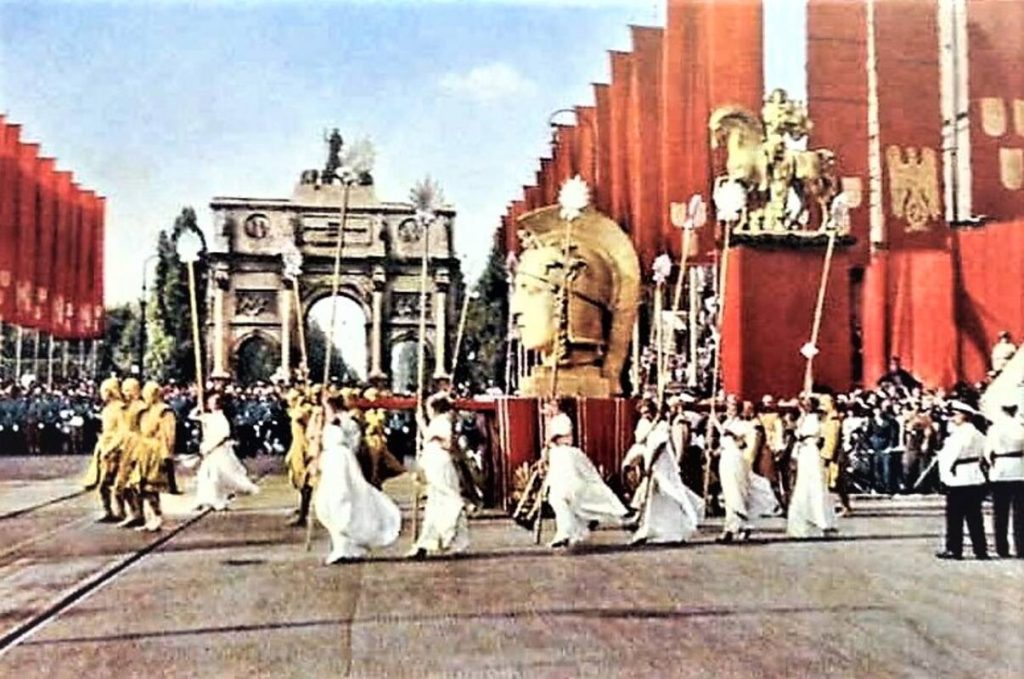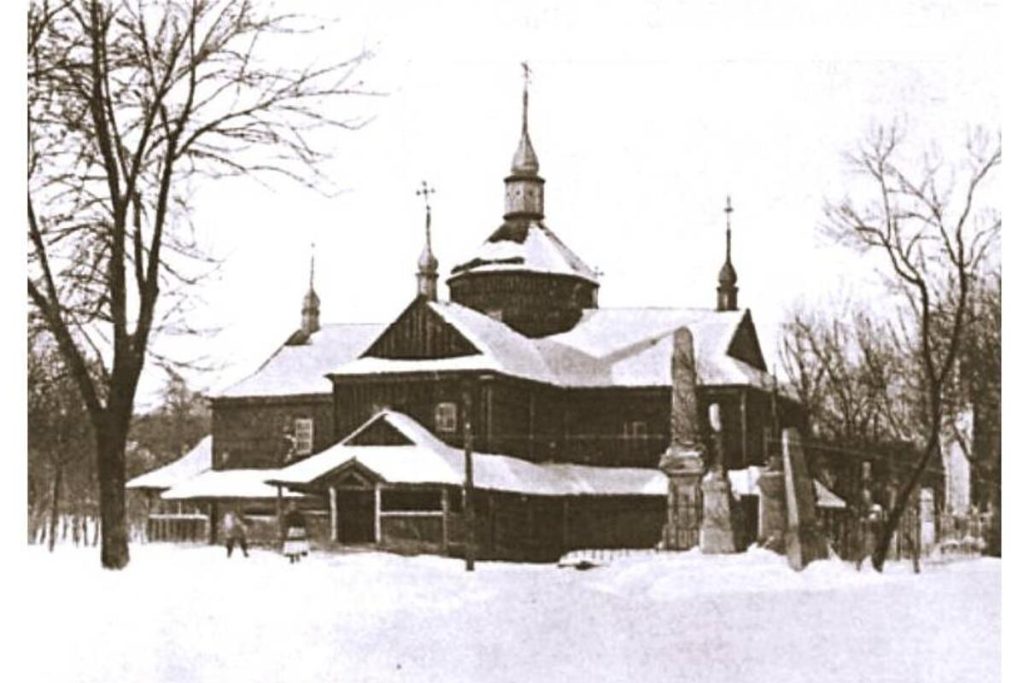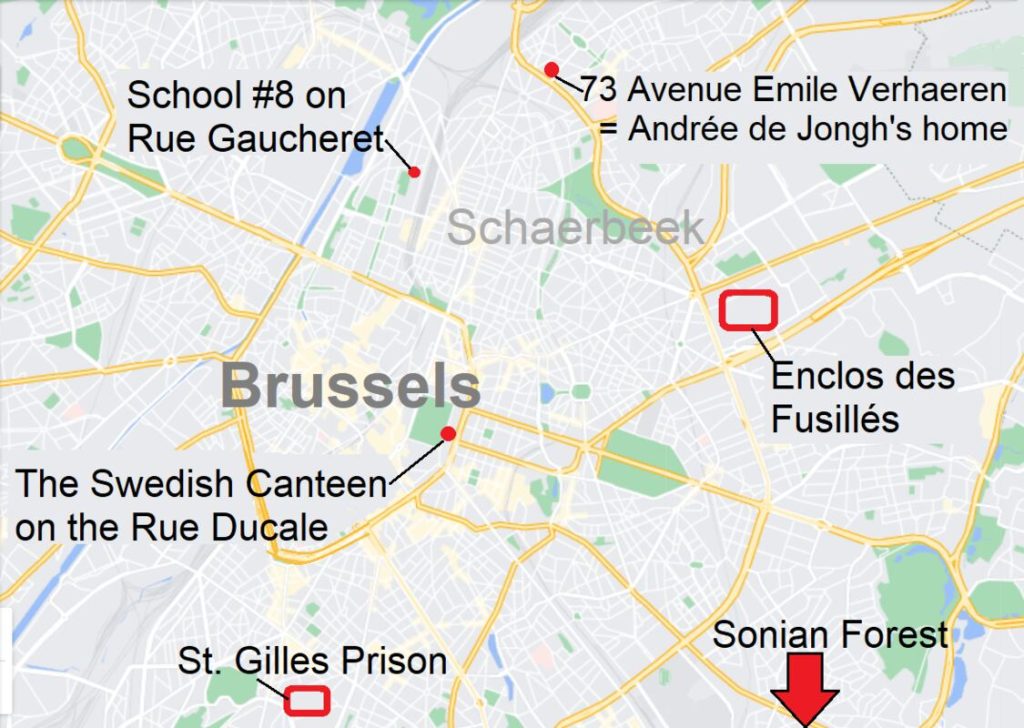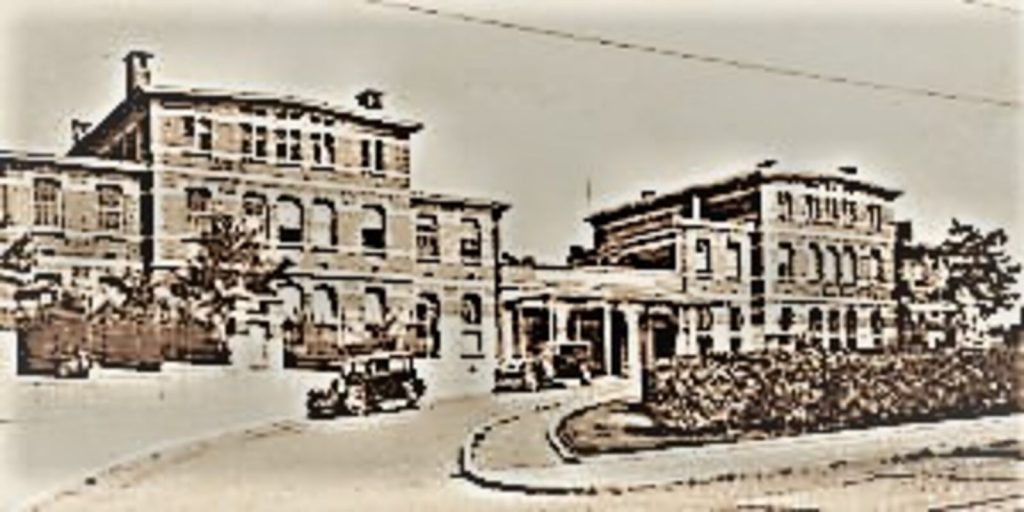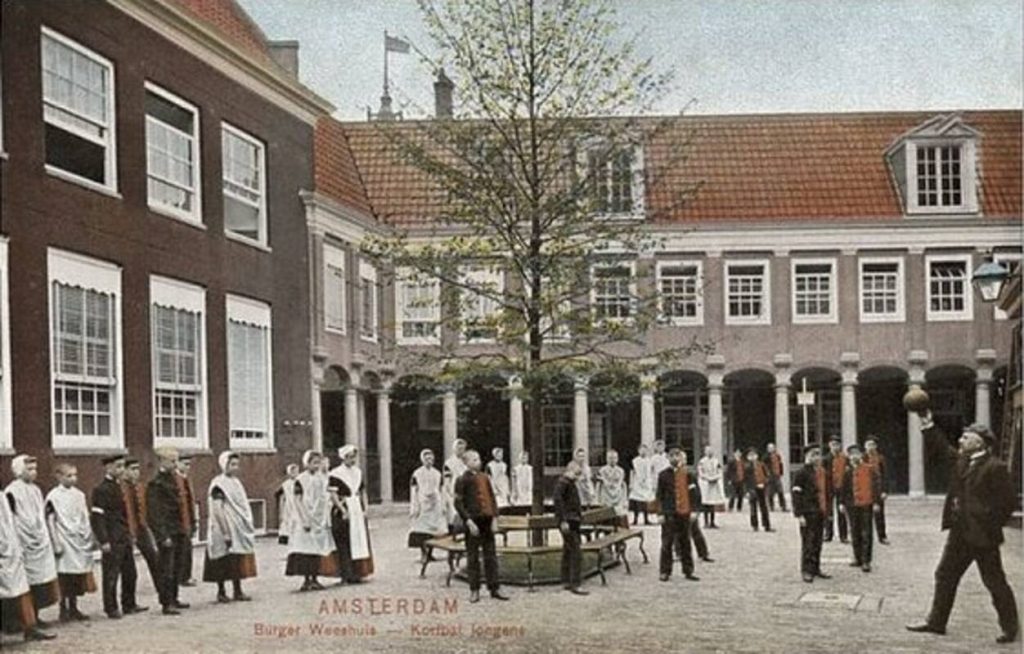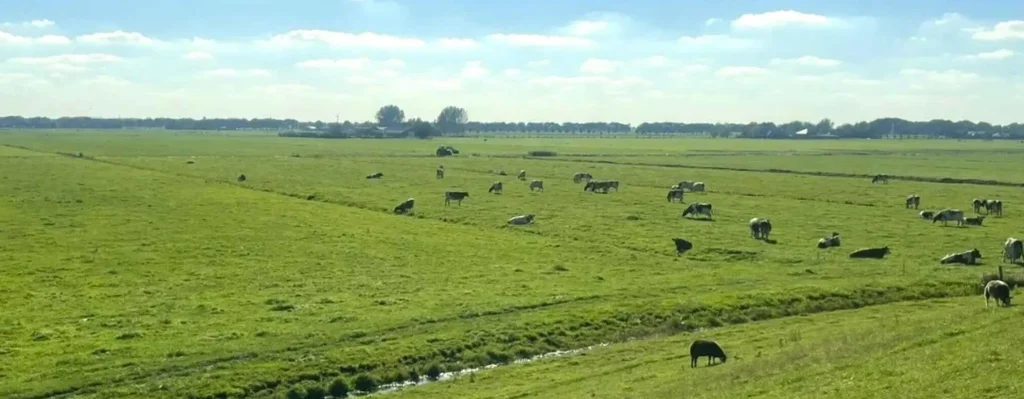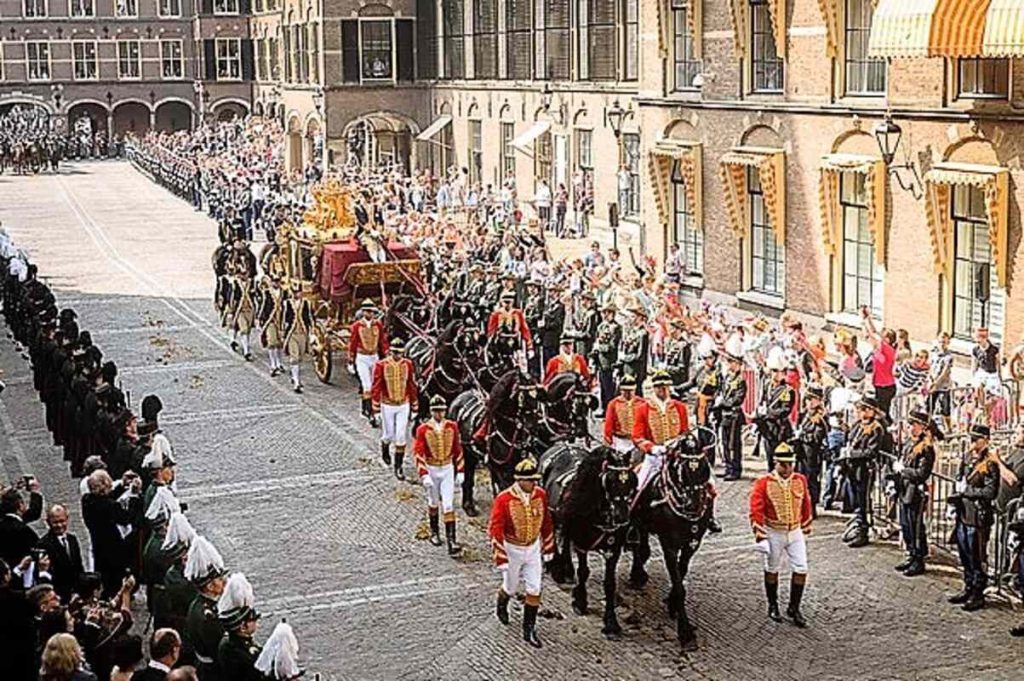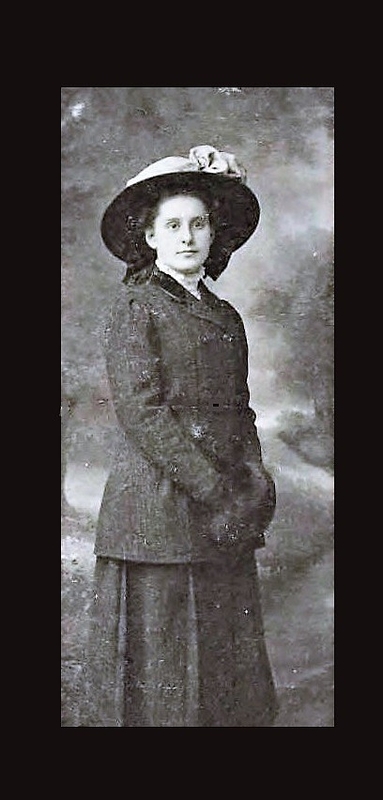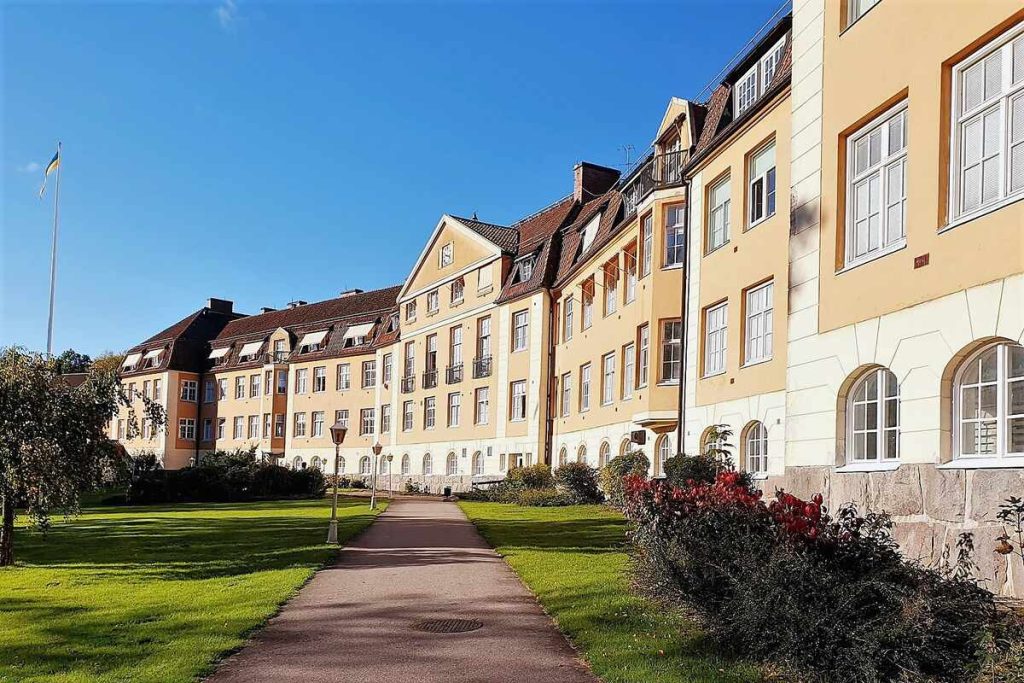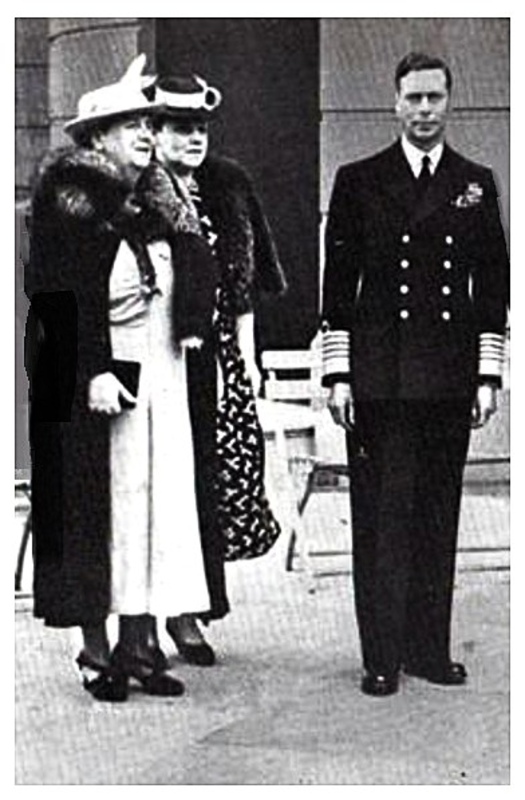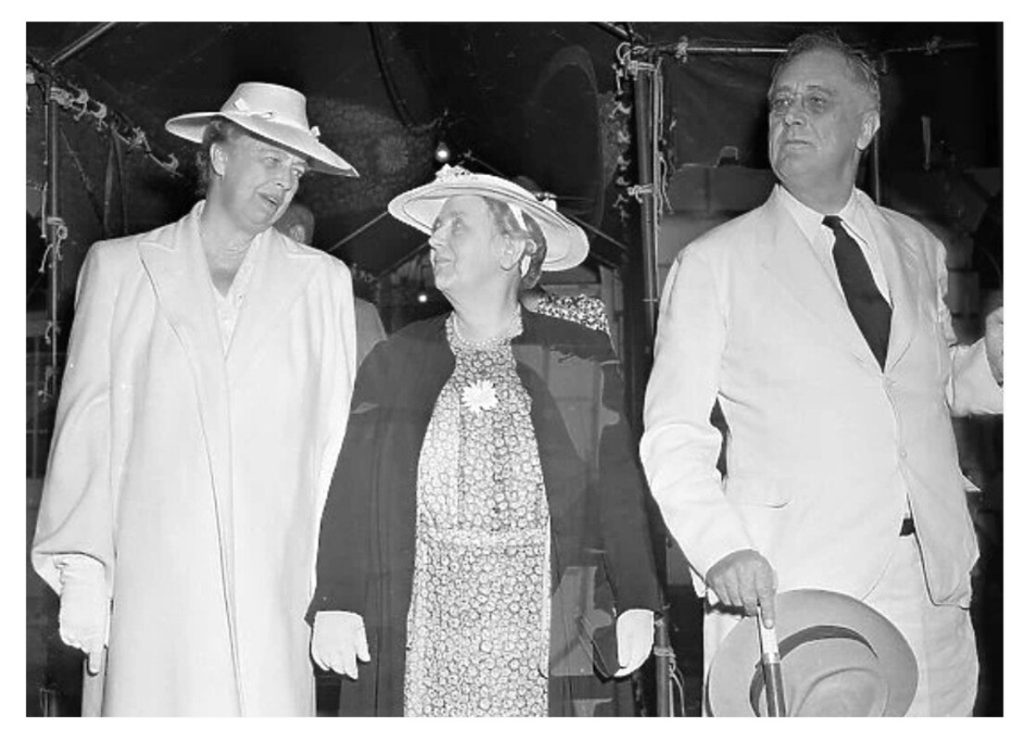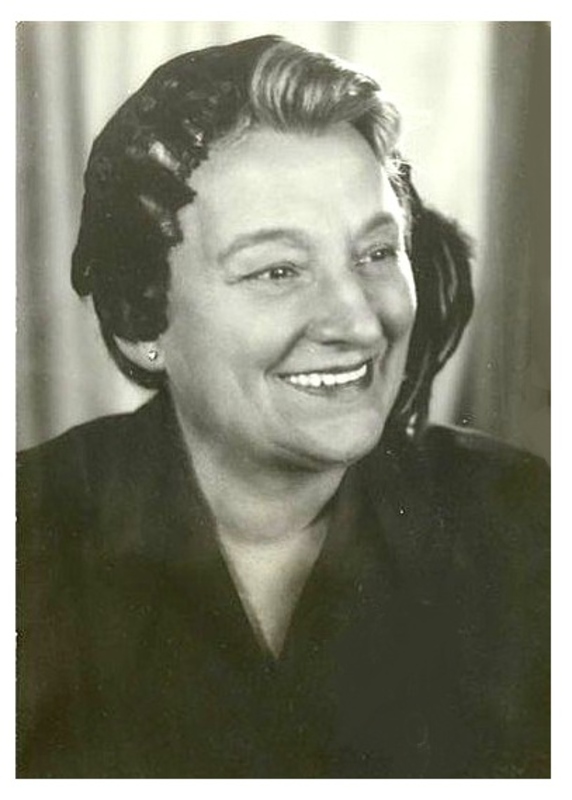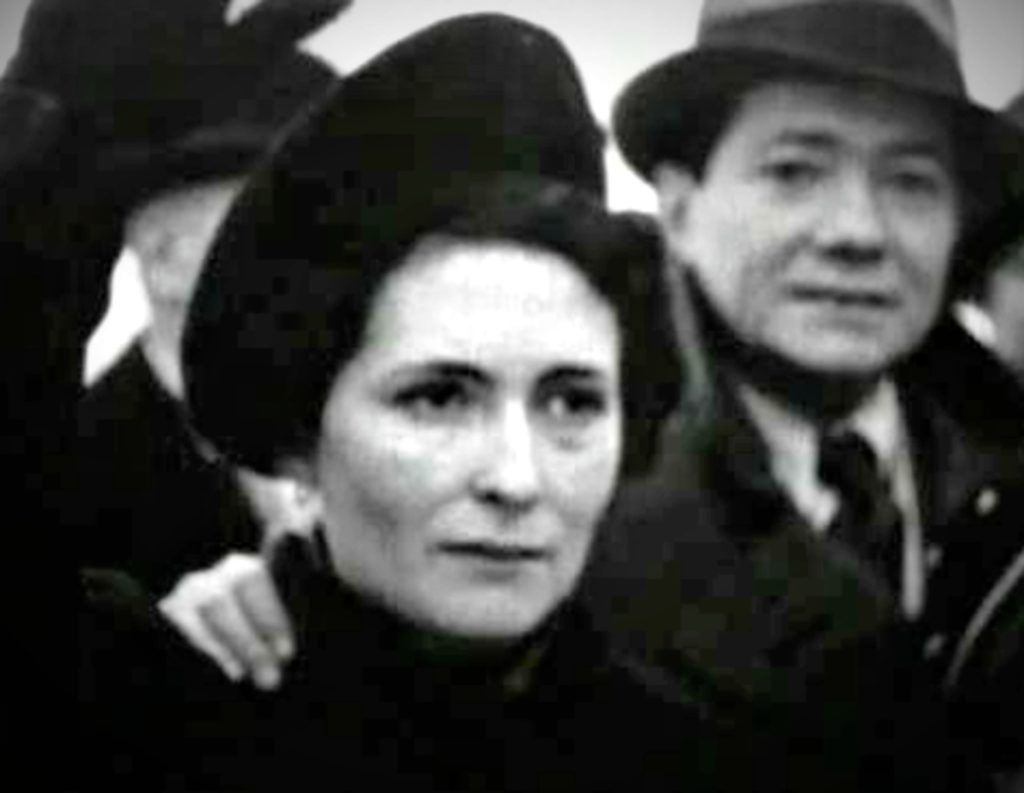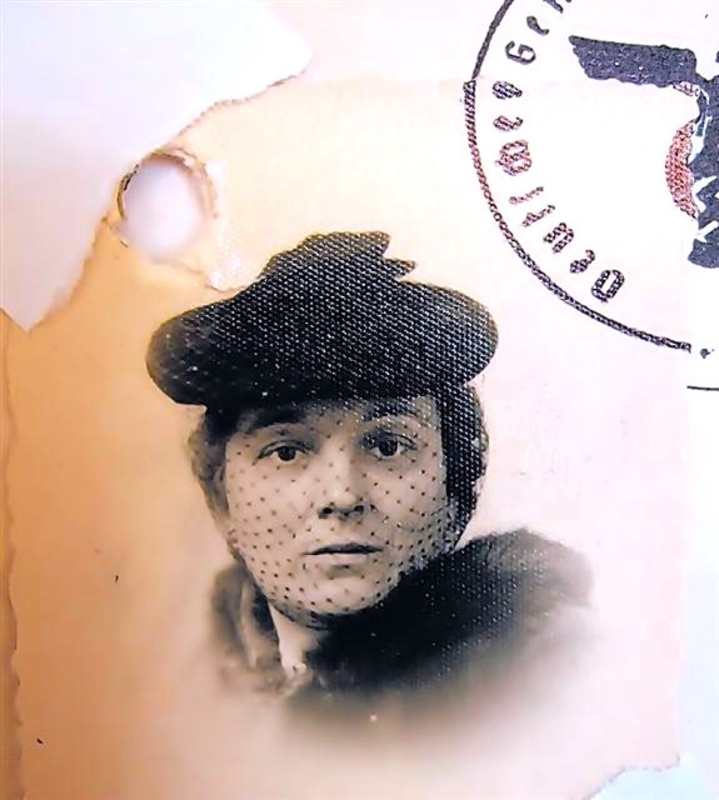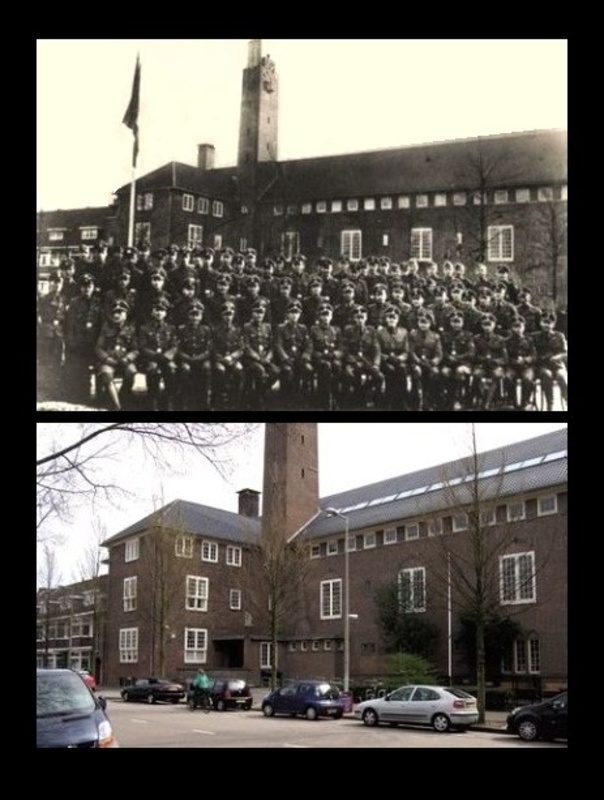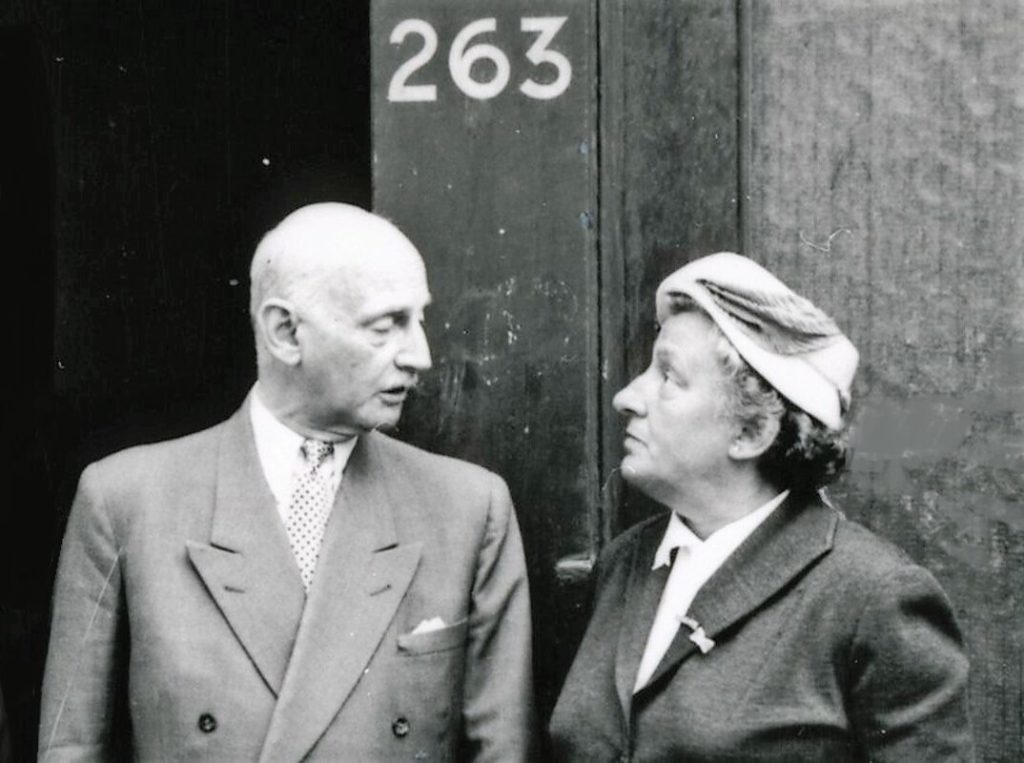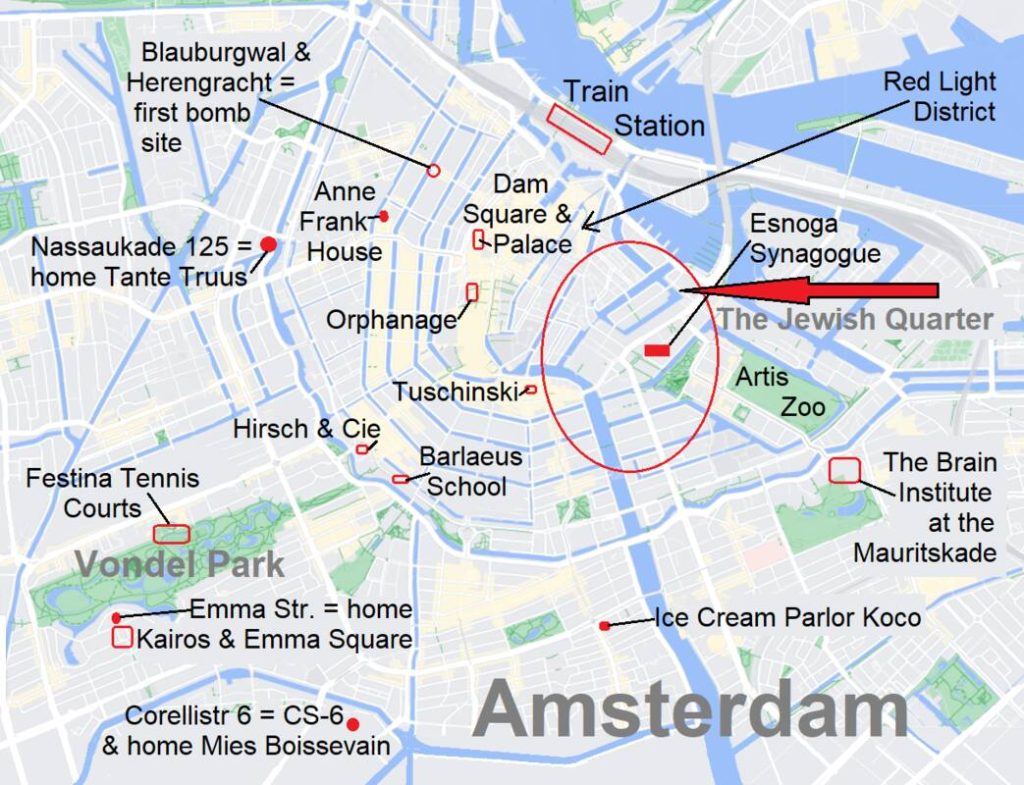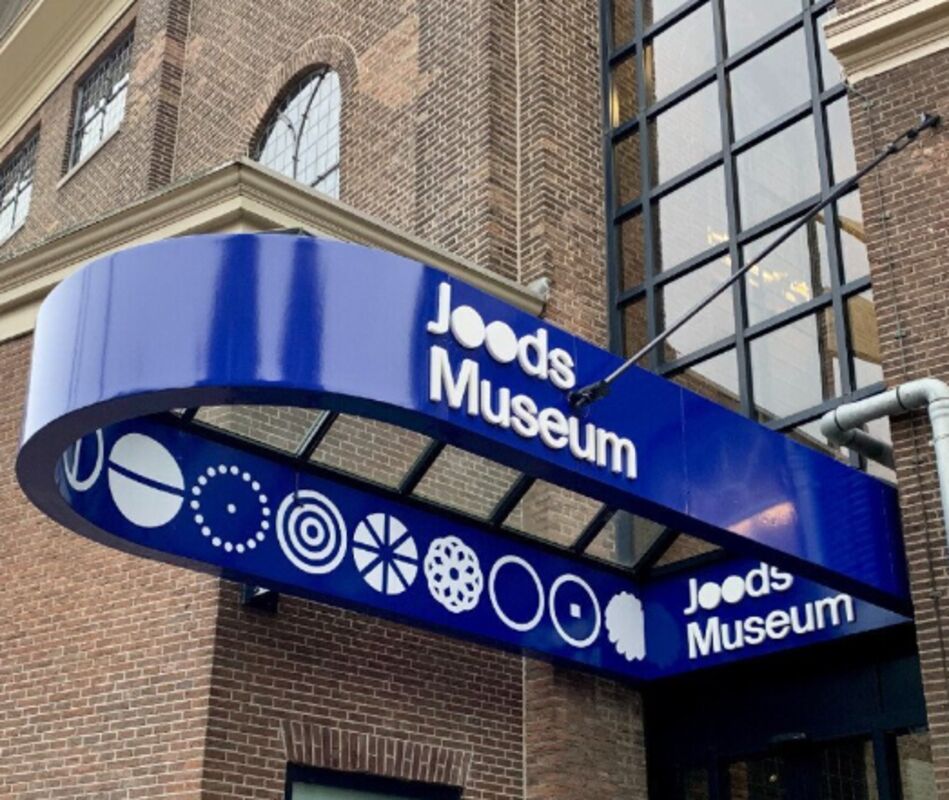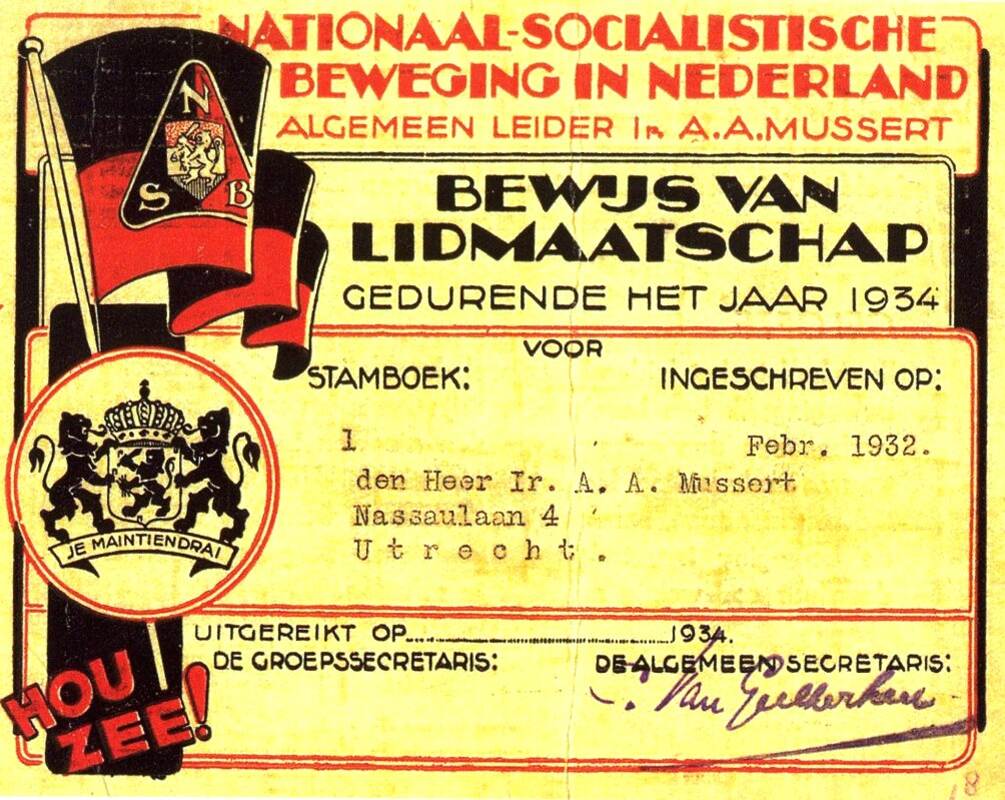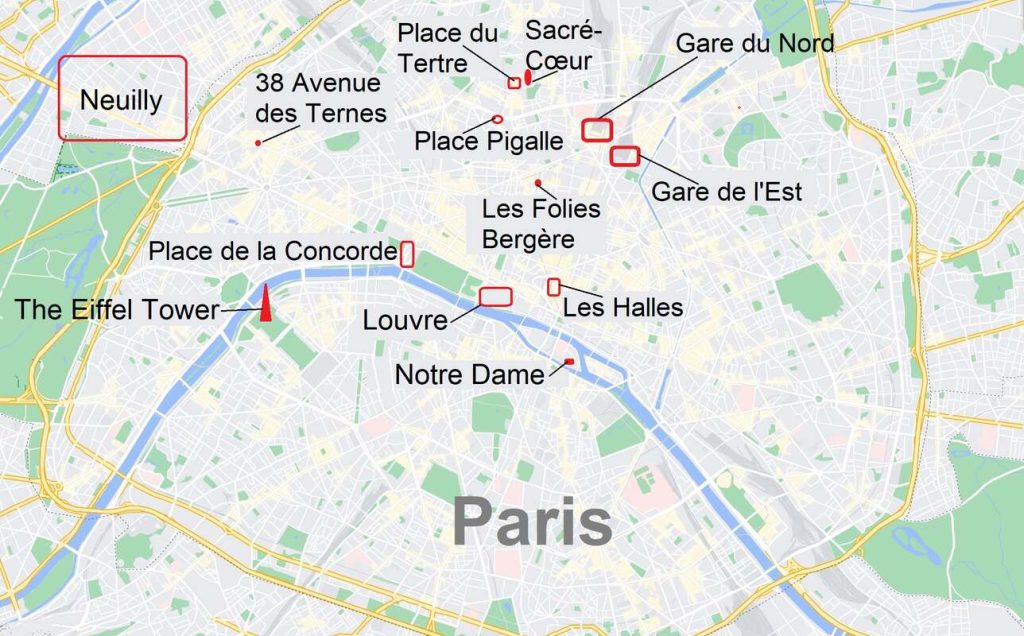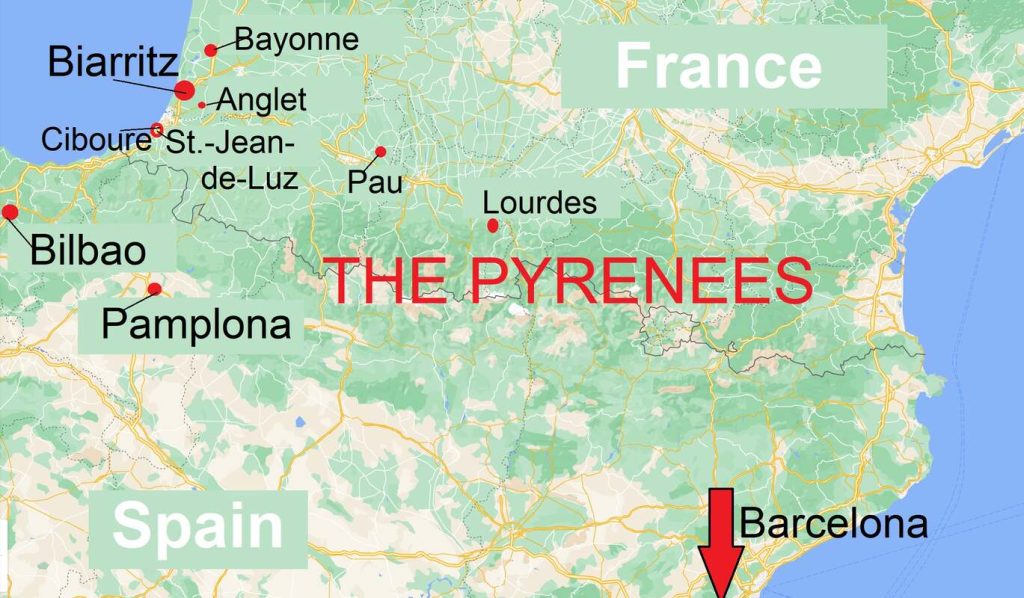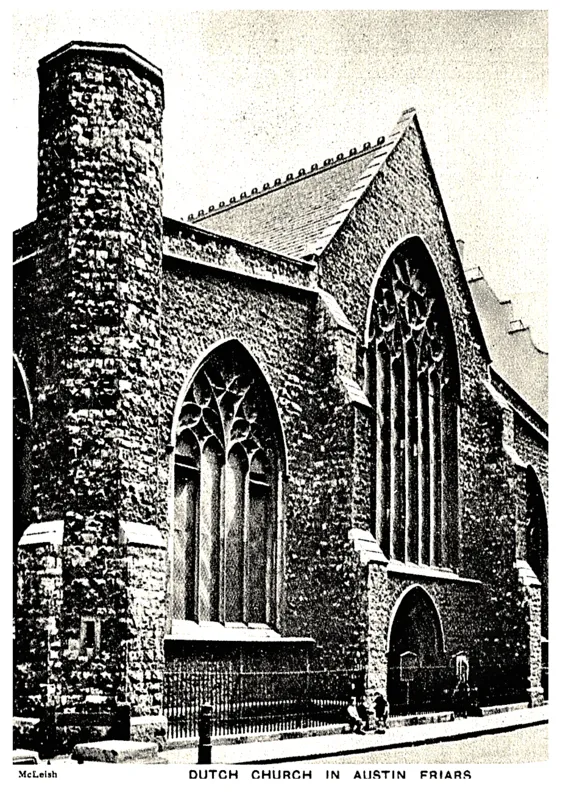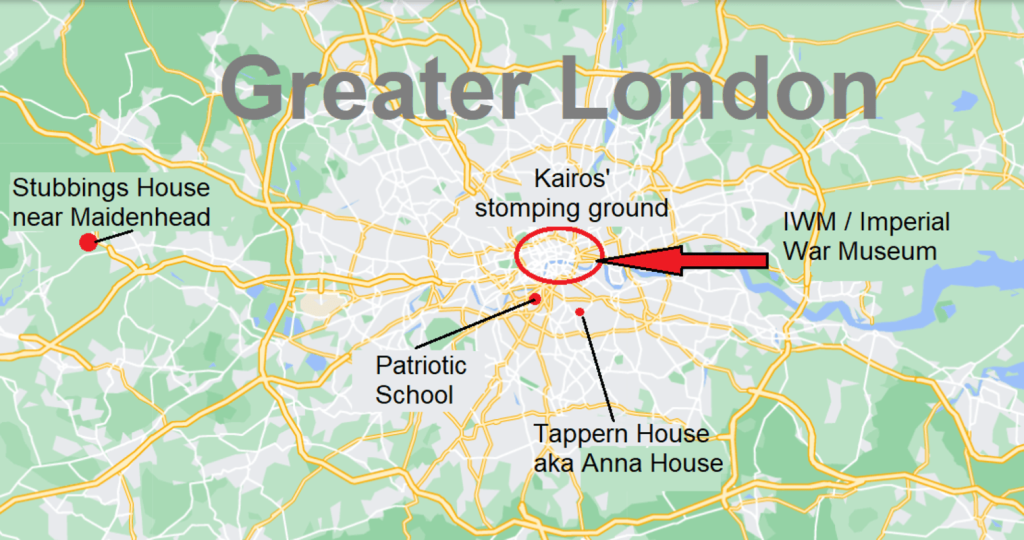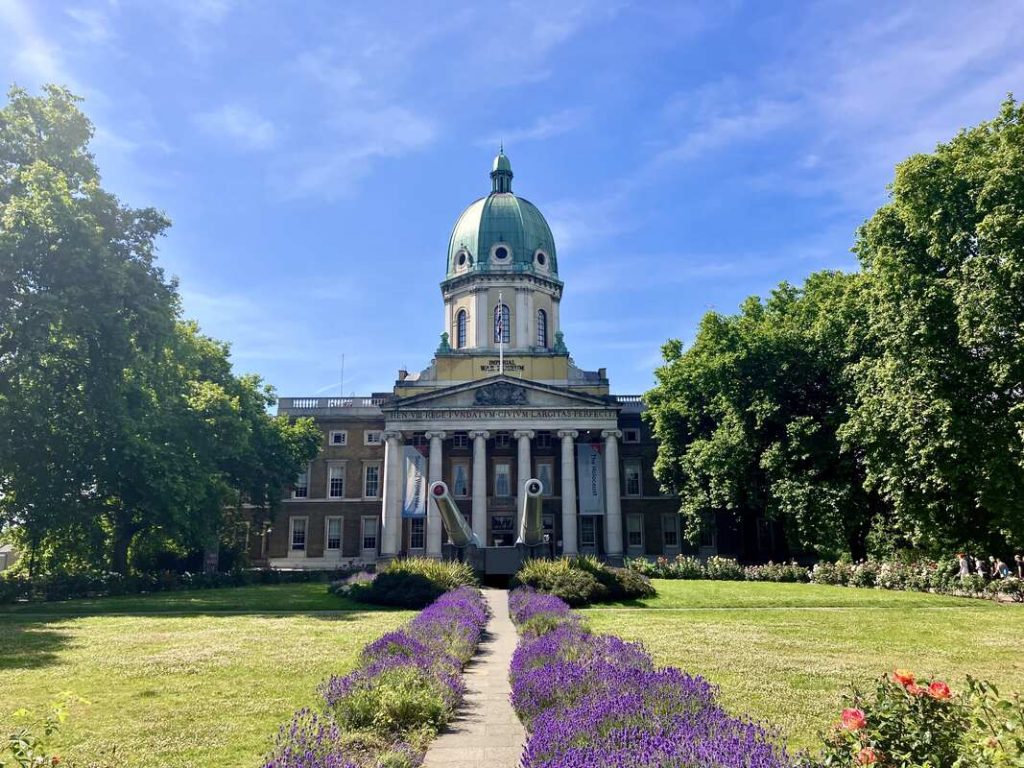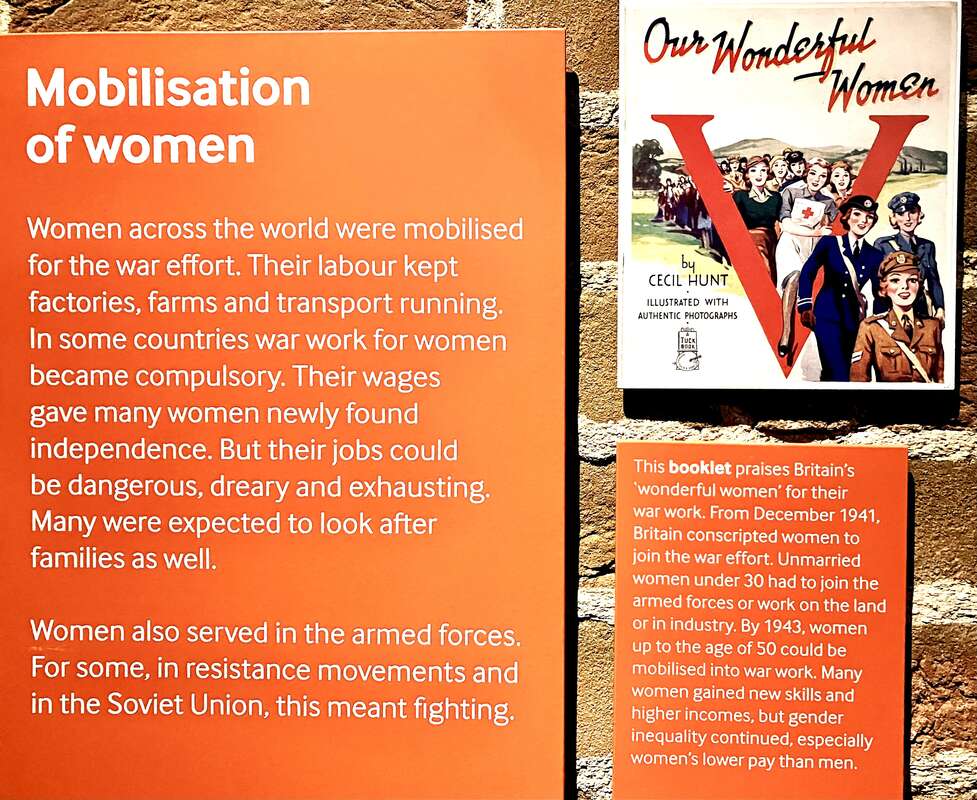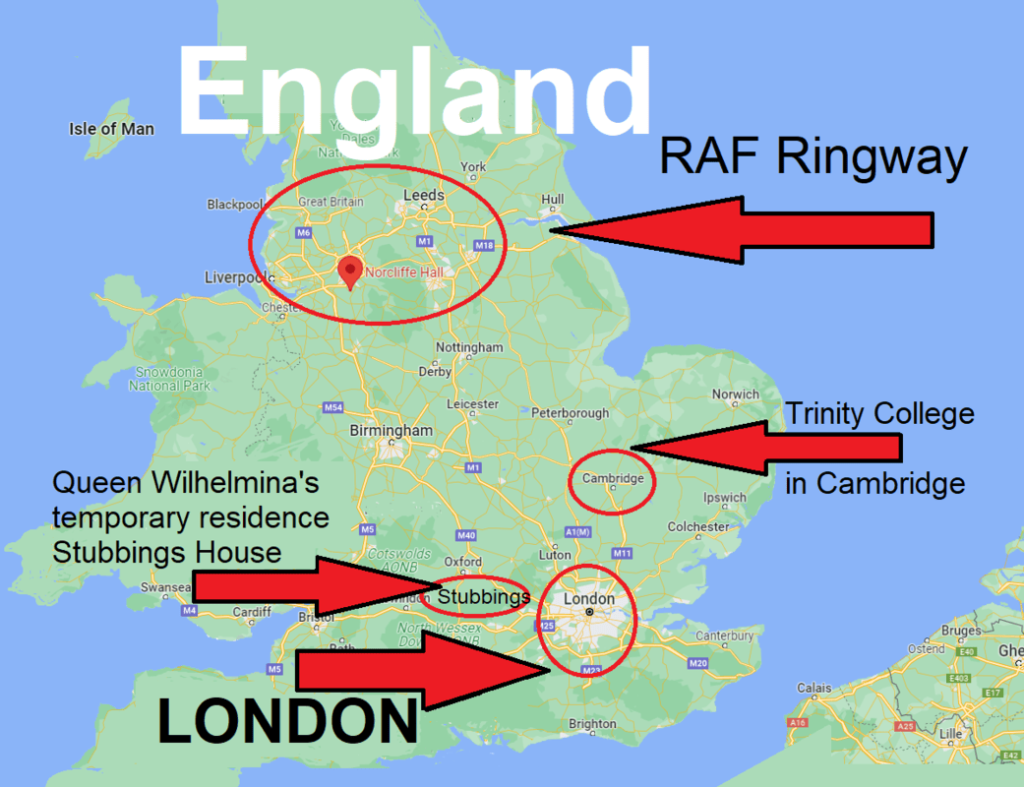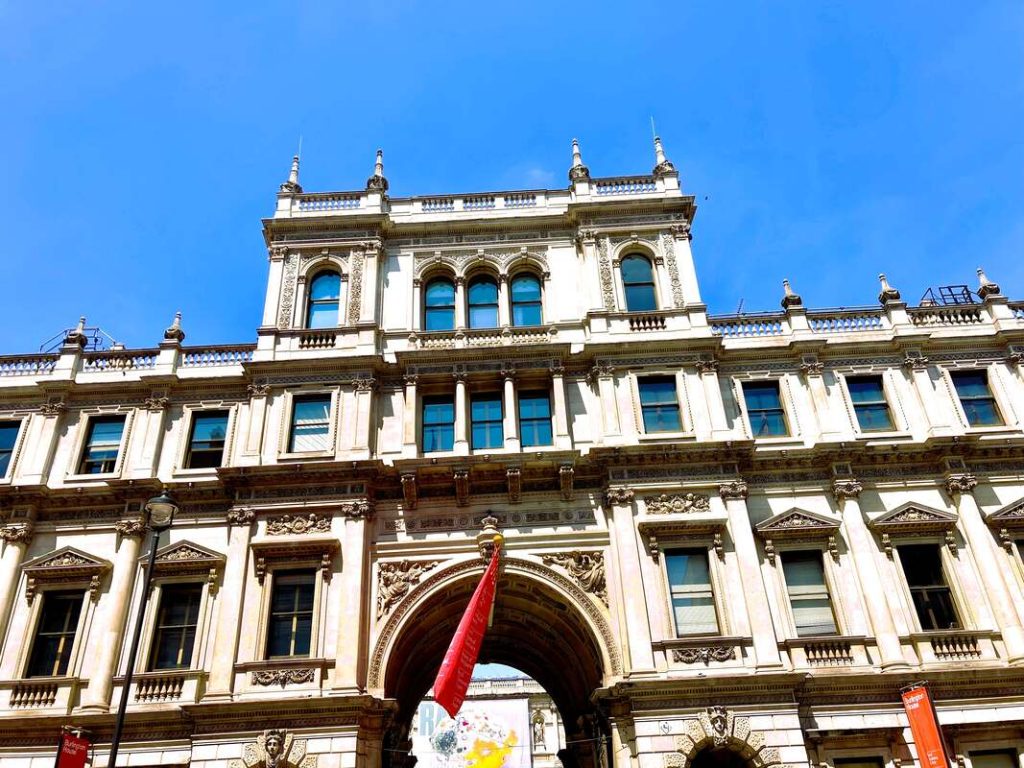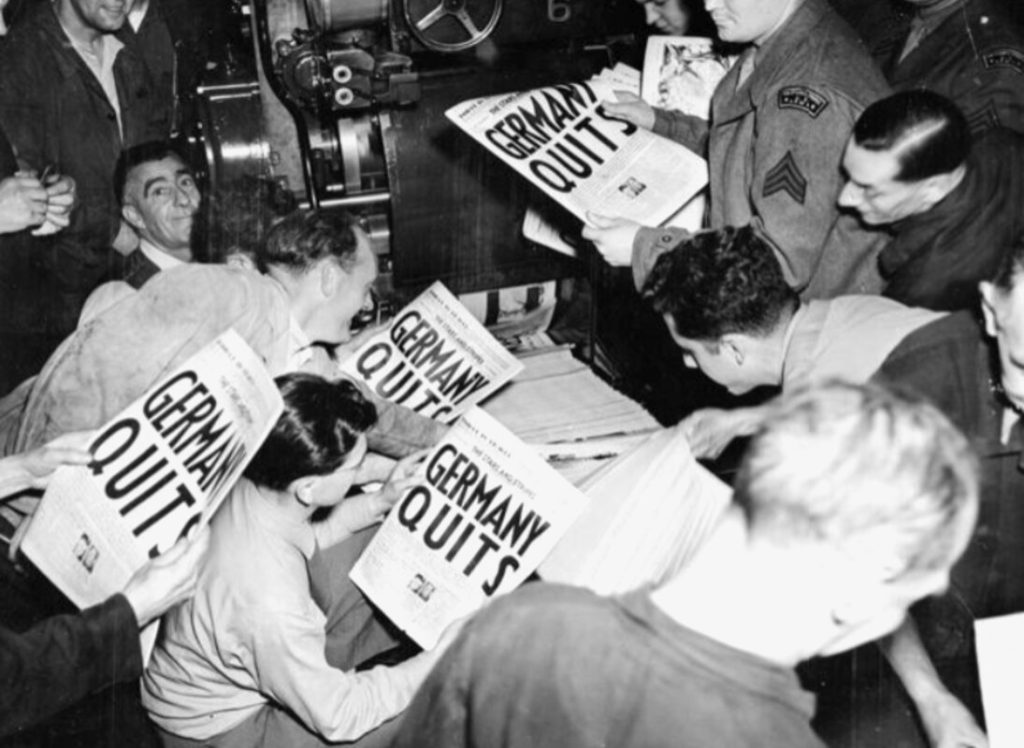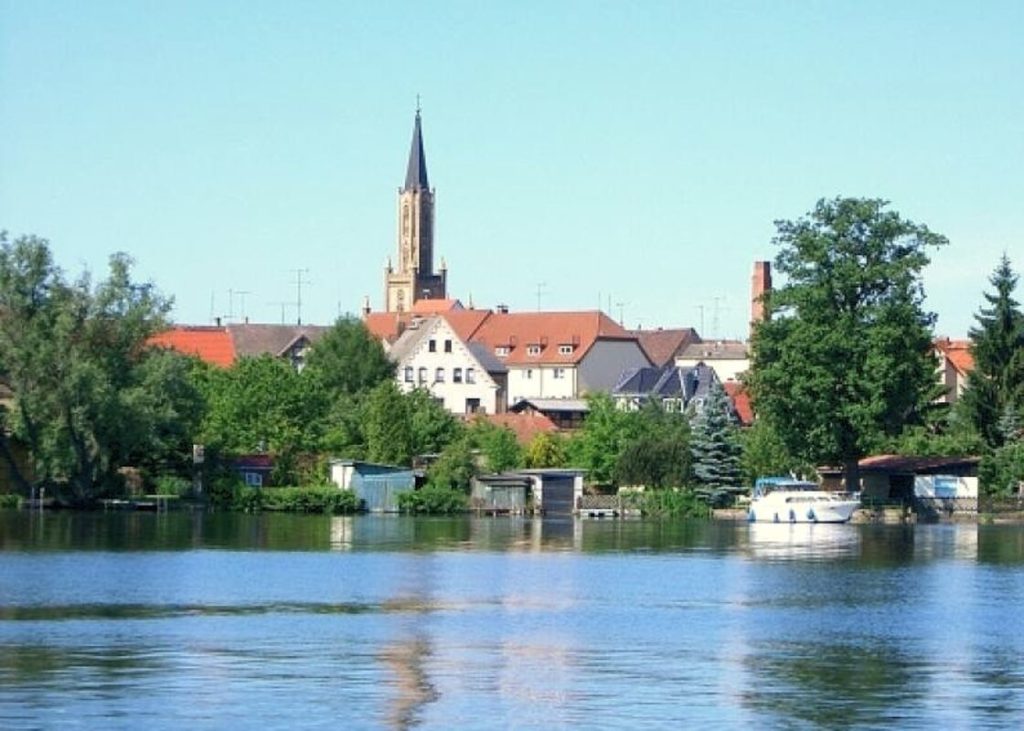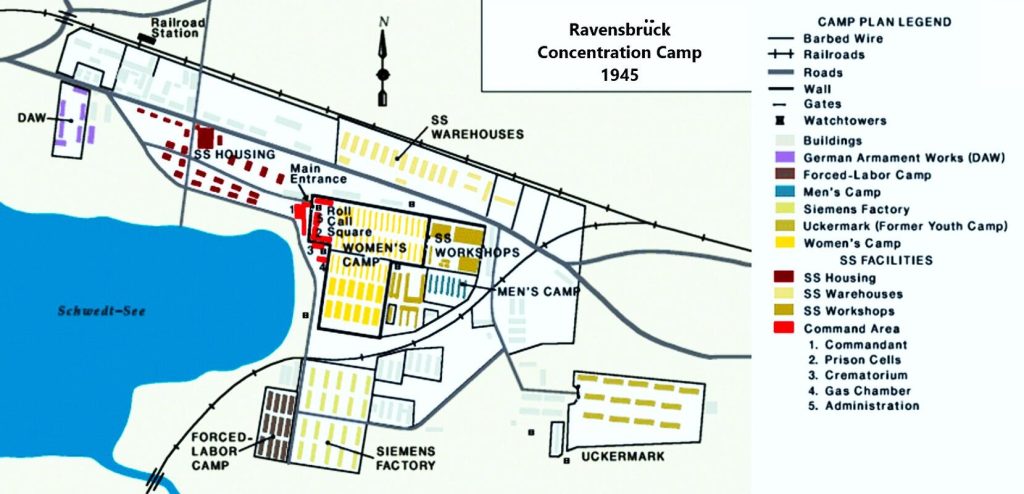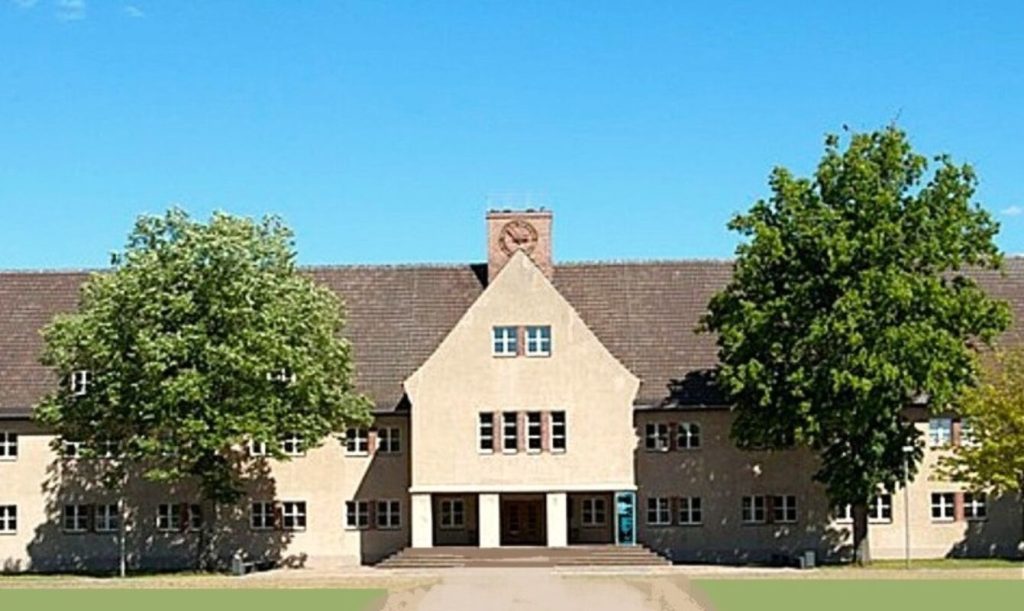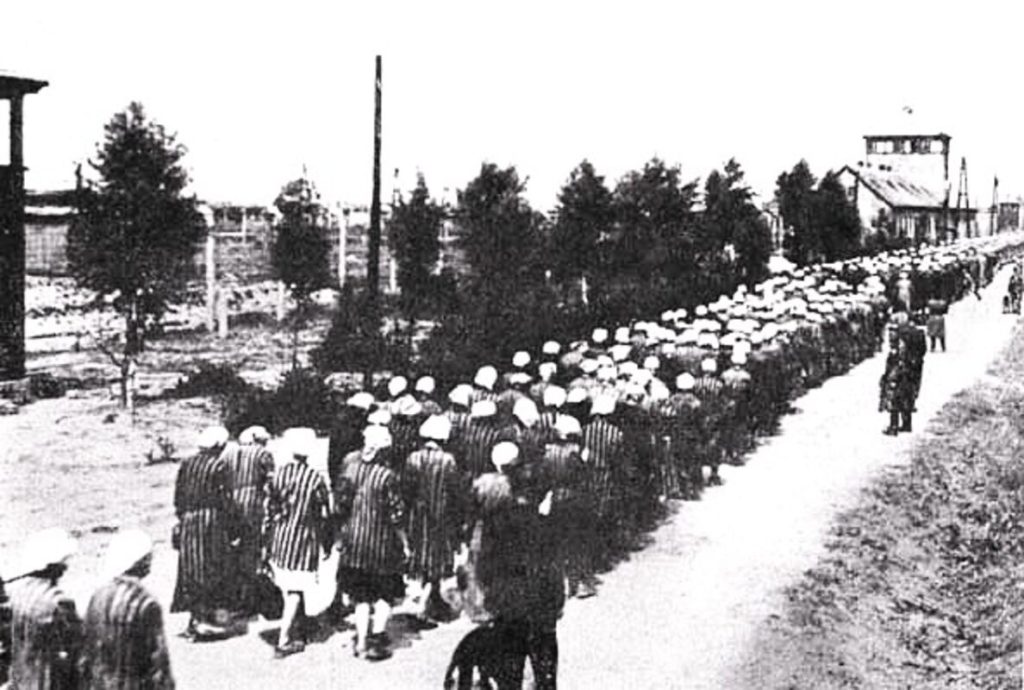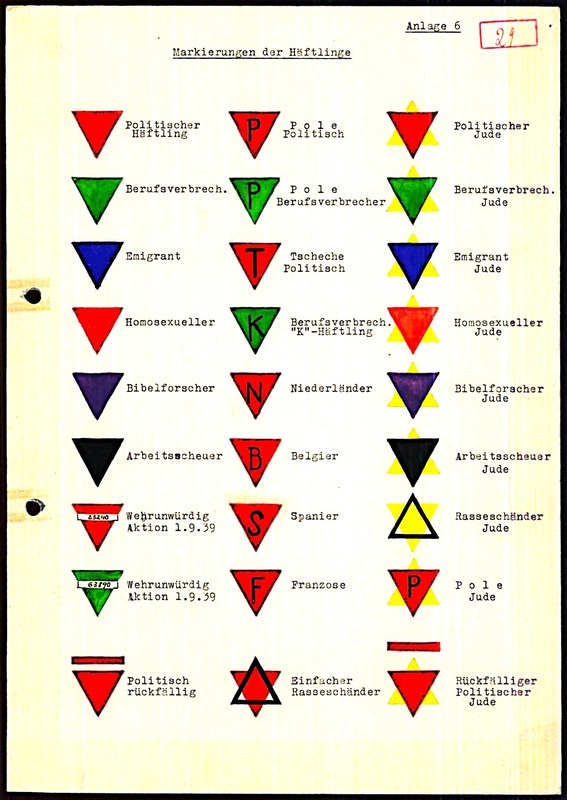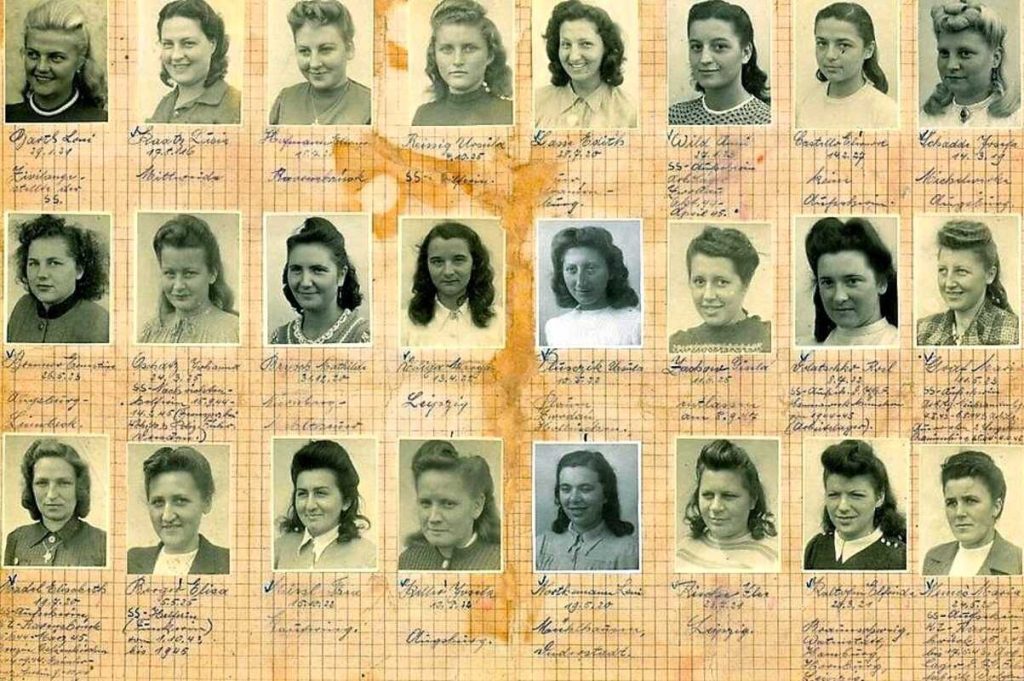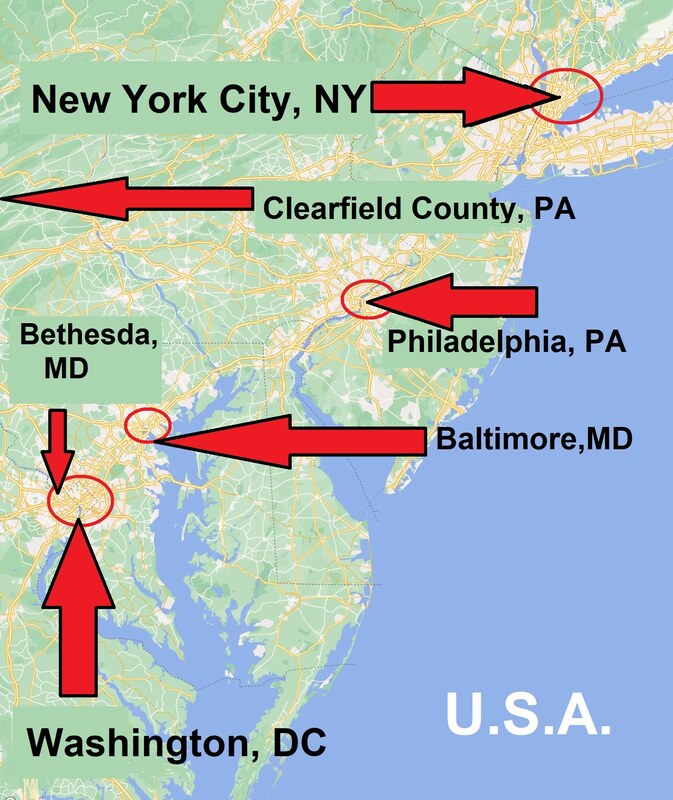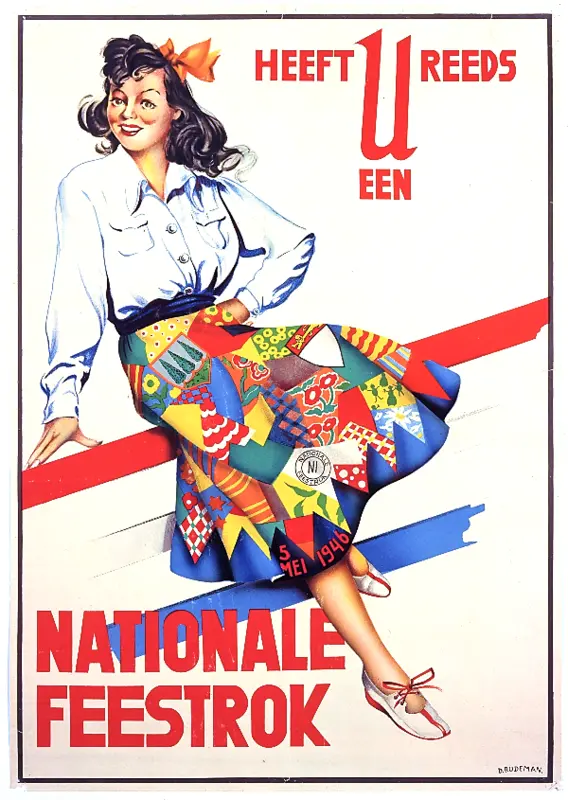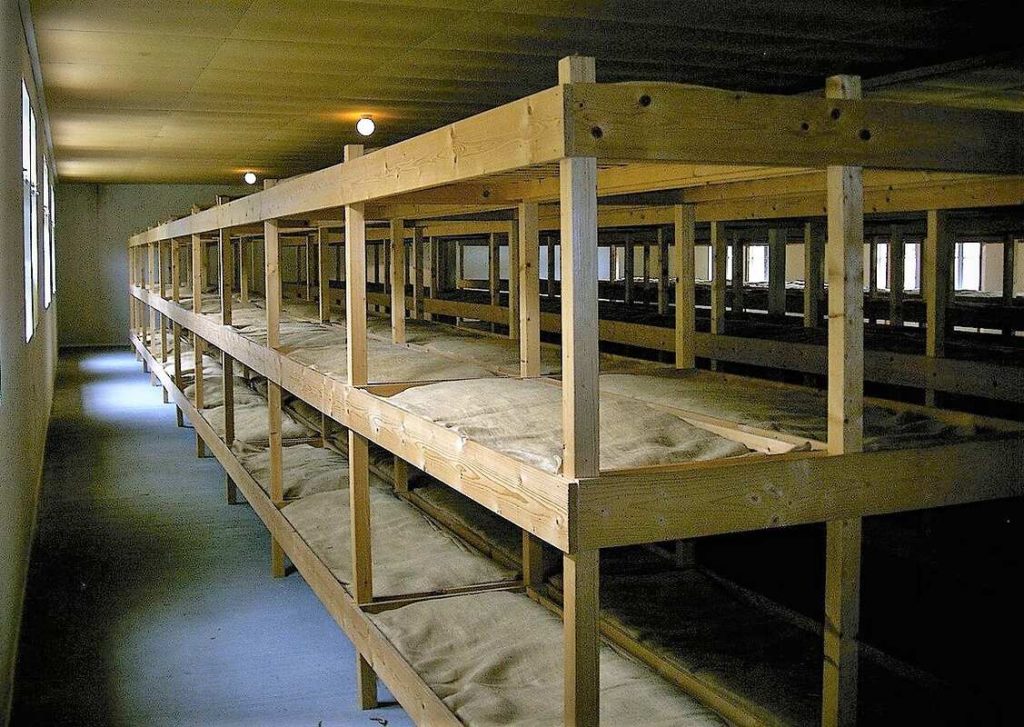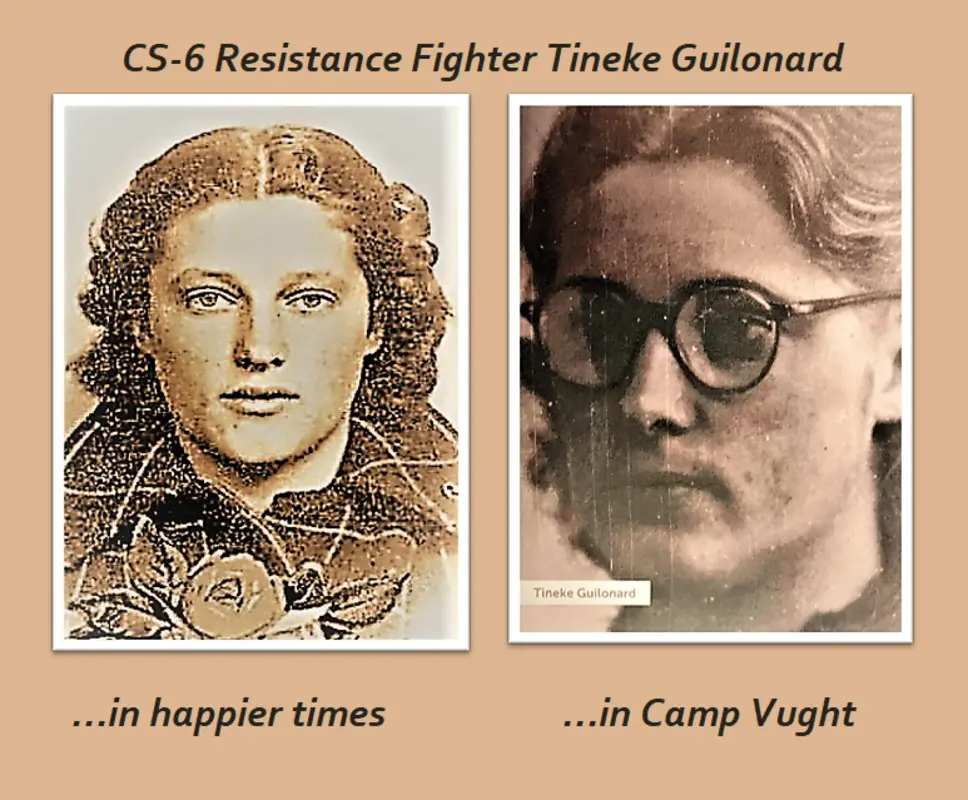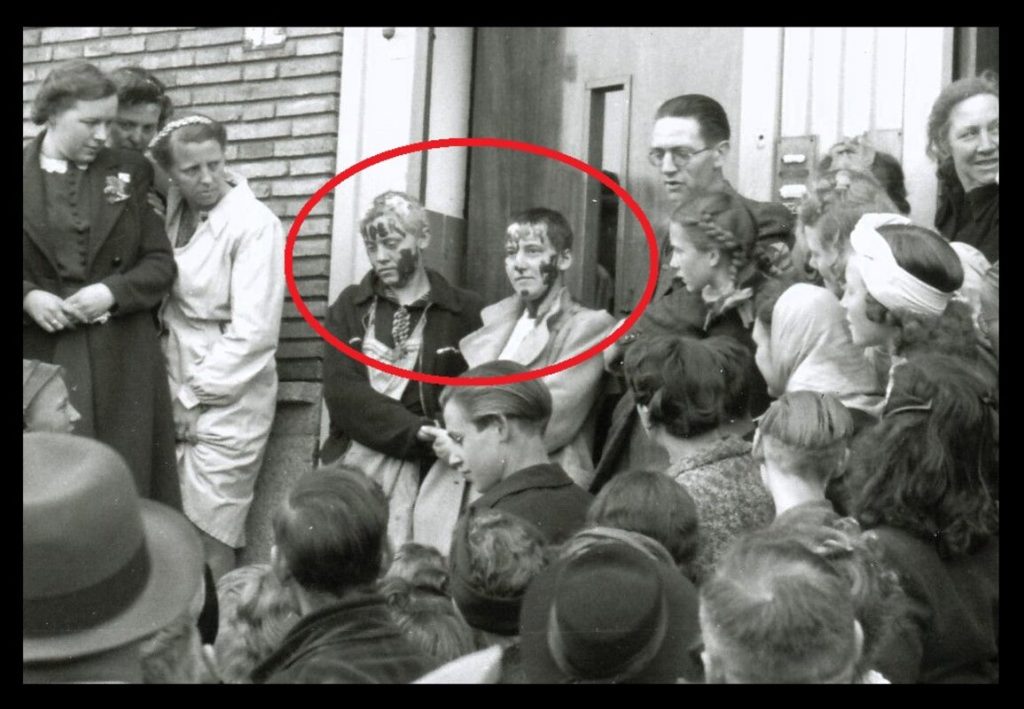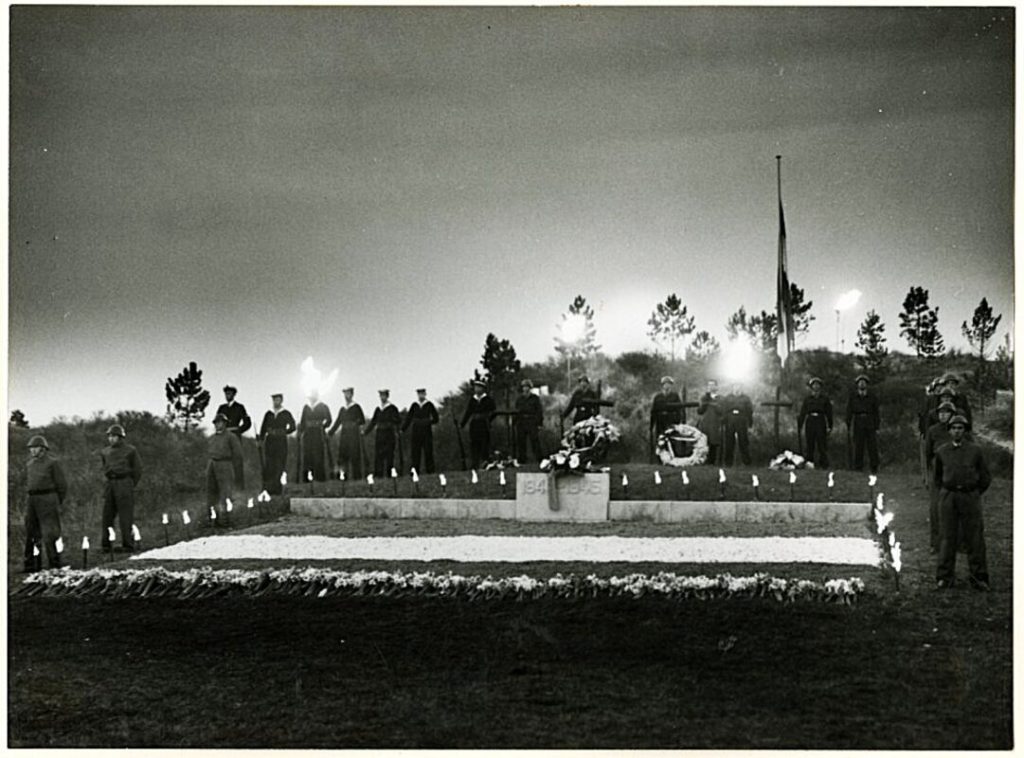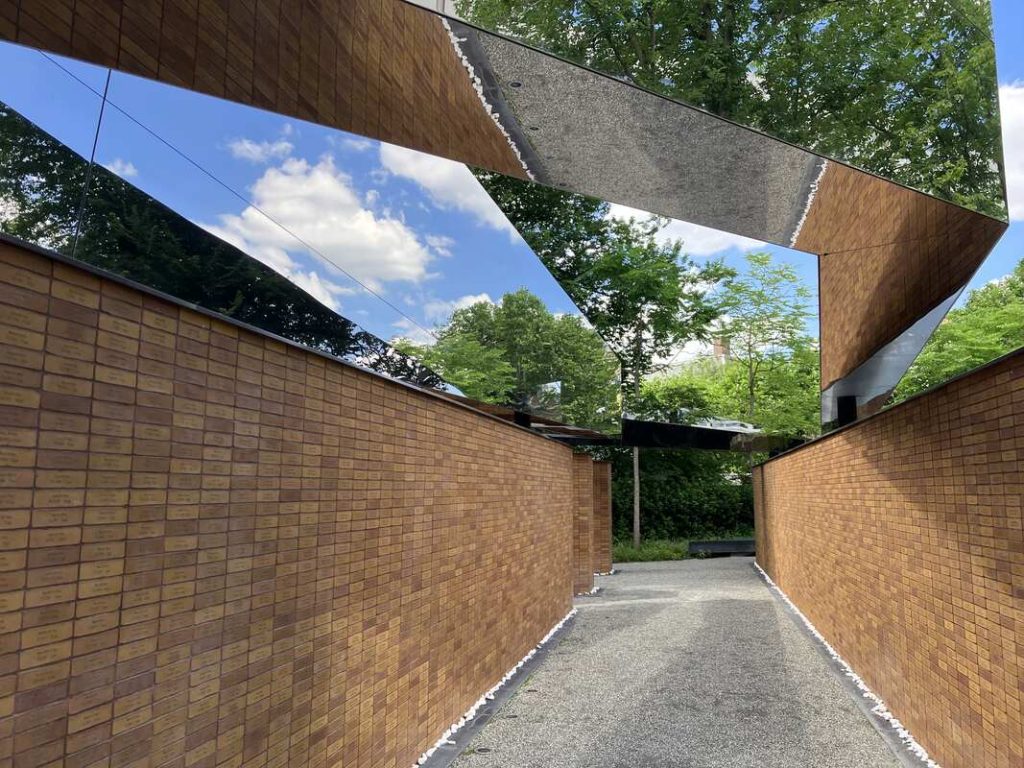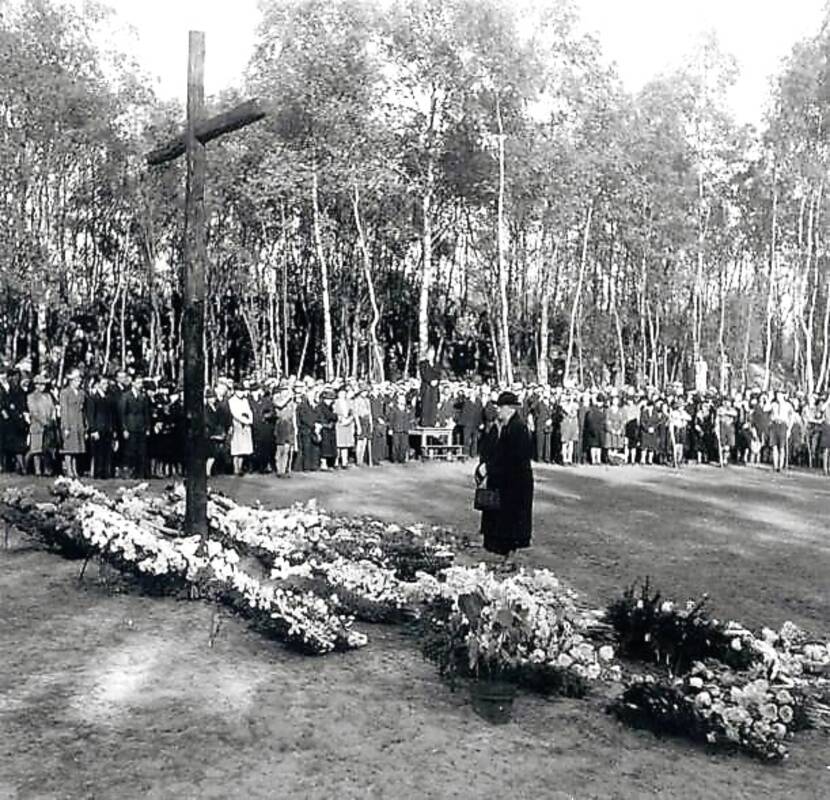QUEEN WILHELMINA – The House of Orange
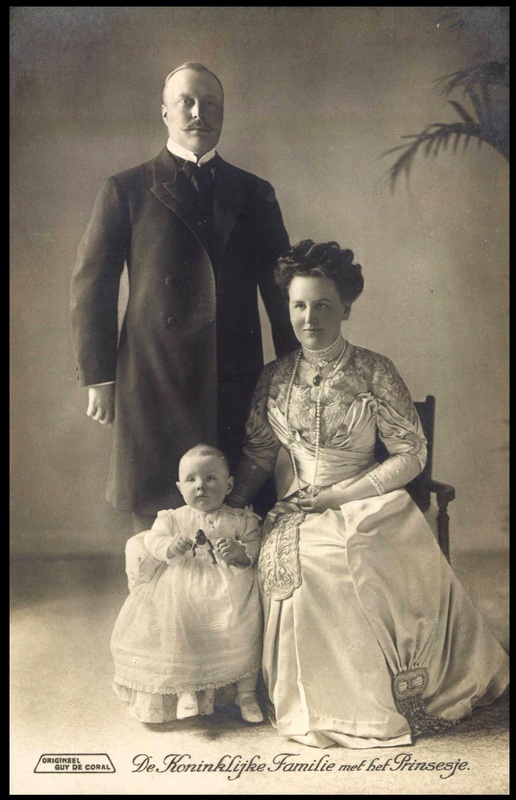
Picture credit: Guy de Coral
Wilhelmina Helena Pauline Marie of Orange-Nassau was born in 1880. In 1890 at the age of ten, she became queen of the Netherlands with her mother, Queen Emma, acting as regent until Wilhelmina came of age. At eighteen, she was sworn in as queen. Soon after, she also became known as a strong-willed, astute business person whose weak spots were her philandering husband Prince Hendrik and… being a woman (and one who had several very public and at times near-fatal miscarriages at that!) She eventually produced heir to the throne, Princess Juliana, with whom she would become very close.
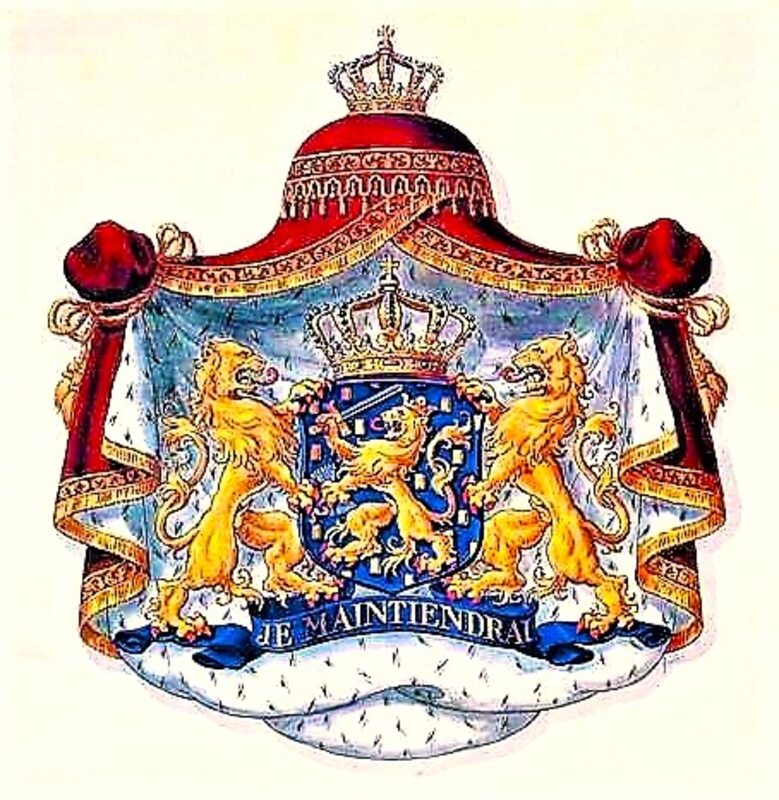
The crown and white ermine (like the royal robes of both British and Dutch royalty) in the crest of the House of Orange indicate nobility and honor. The lions too refer to Dutch-British royalty dating from the seventeenth century when William III, King of England, Scotland, and Ireland also governed the Dutch Republic as Prince of Orange.
Queen Wilhelmina had been drilled from an early age to become queen. She took her station in life and tasks very seriously because she perceived them as God-given. While being a pious Protestant, she did not realize the colonial system was unjust and evil; she had been brought up as an aristocrat and was from a generation that accepted the Status Quo, which would be disrupted by the Second World War. The “crumbling of the bastions of civilization” (as Kairos’ mother referred to this shift in mores) started even before the war when anti-royalism, shifting loyalties, and cries for equity forced the royal houses of Europe to adapt while holding onto age-old traditions.
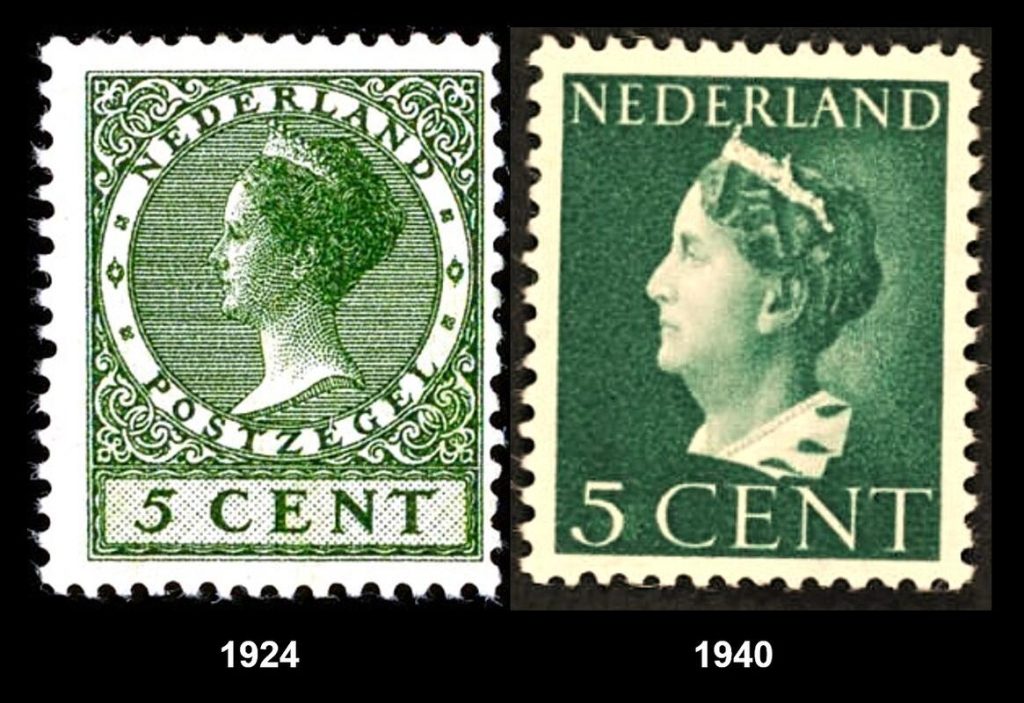
In 1924, Queen Wilhelmina was 44. By then, she had survived the Russian Revolution (that killed among others her great-uncle the Czar), she had accepted that her husband Prince Hendrik was unfaithful, (after five very public miscarriages,) she had finally produced heir Crown Princess Juliana , and she had kept the Netherlands out of the “Great War.”
In 1940, Queen Wilhelmina was 60. As one of the richest heads of state of Europe, Wilhelmina still governed a “Kingdom” of whose military she was not allowed to be the supreme commander. Her warnings about being underprepared for war went unheeded by the military men, and on May 13, she was forced to flee to the UK, leaving her people, her traditions, and all her palaces behind.
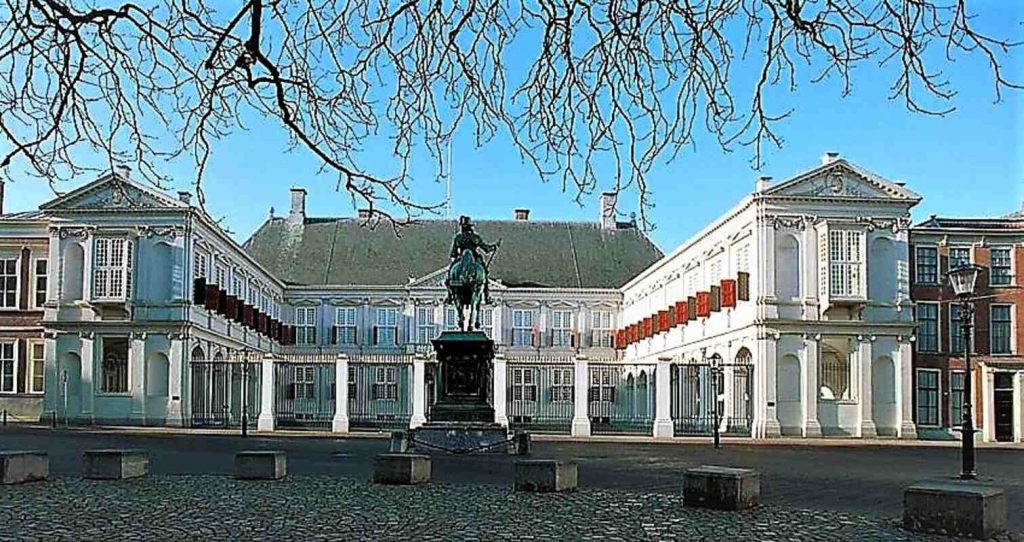
Photographer unknown
Queen Wilhelmina was born in the Noordeinde Palace in the political capital of The Hague, yet she preferred staying in Het Loo Palace in the city of Apeldoorn. The queen would go to the city of The Hague for official functions, like reading the “Speech from the Throne” (which is similar to the State of the Union).”
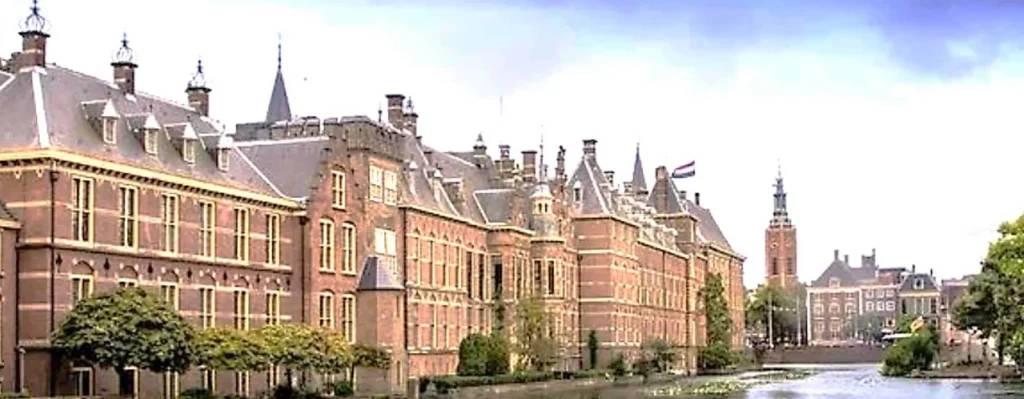
Photographer unknown
While Amsterdam, located in the province of Holland, is the capital of the Netherlands, the political capital is the city of The Hague. Coincidentally, Truus Wijsmuller would often go to the seat of government to talk to Mr. Tenkink from the Department of Justice, who seemed to have been the only male politician who helped Mrs. Wijsmuller organize her Kindertransports. The Hague is also where the current King Willem-Alexander lives and works.

Photographer unknown
Each third Tuesday in September, the reigning Dutch royal is escorted by guards on horseback to give a speech that is similar to the “State of the Union” in the USA. The pageantry, pomp, and circumstance rival those of parades for British royalty.
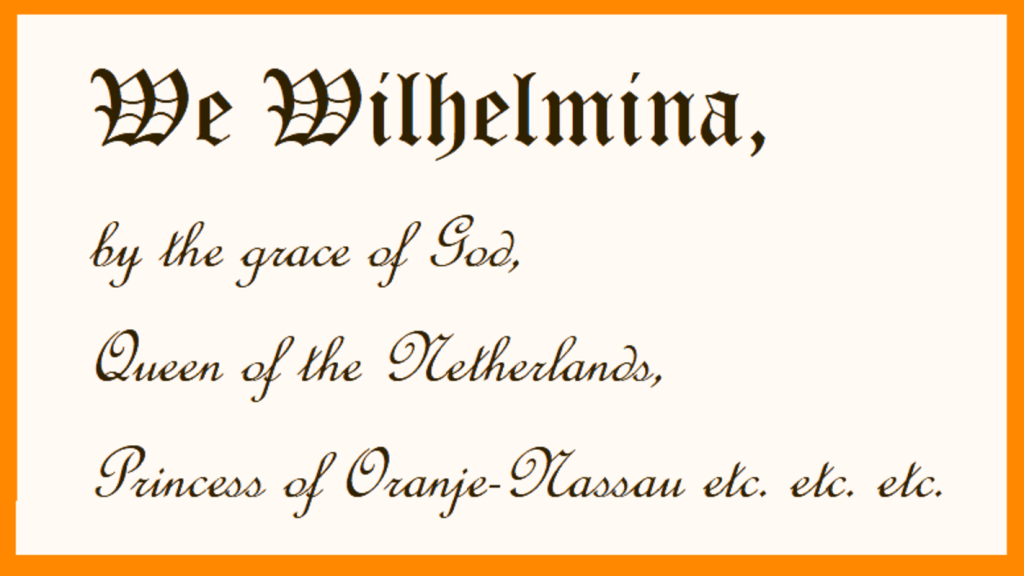
The so-called “Speech from the Throne” takes place in the afternoon formerly in the Knight’s Hall (but recently in the Royal Theatre). In Queen Wilhelmina’s case, it started with “We Wilhelmina, by the Grace of God…”
* * * * *
Another aspect of being a queen is that one needs to be queen for all one’s citizens. Before WWII, Queen Wilhelmina had an amicable relationship with the Jewish community in Amsterdam, yet she only expressed her outrage at what was happening to her Jewish subjects during the war a few times. In one of her “Radio Orange” broadcasts she angrily proclaimed that the Nazis should be hit on the head.
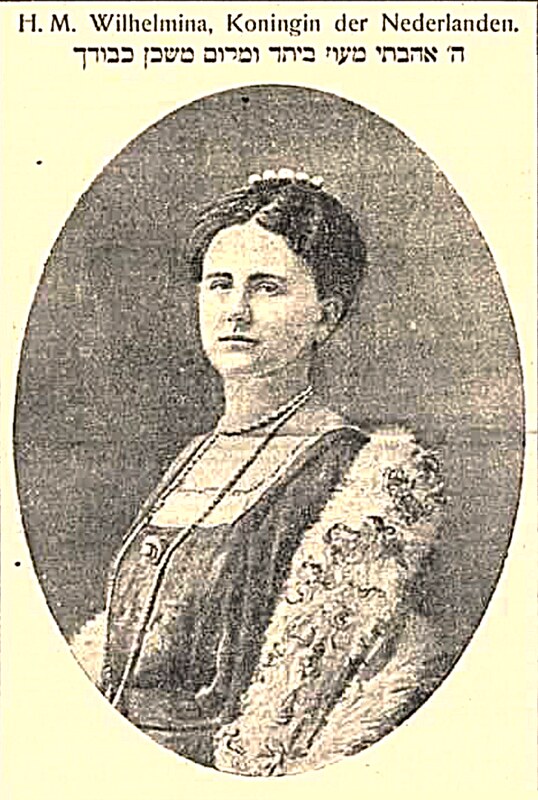
Picture credit:
Geheugen van Oost- Amsterdam

a Jewish Synagogue 1924
Being a queen does not only mean maintaining amicable relationships with different segments of the population, but it also means being civil to other European royals (who were often related to each other!)
On November ninth 1918, Queen Wilhelmina had to deal with a most embarrassing relative; her distant cousin, Wilhelm II. Occupying 59 train cars, his entire household showed up, expecting clemency and lodgings, even though Dutch citizens suffered a housing, goods, and employment shortage. Because the last German Emperor had played a significant role in the “Great War” killing or injuring over 1.5 million British men, he could hardly expect his cousin King George to put him up at Buckingham Palace.
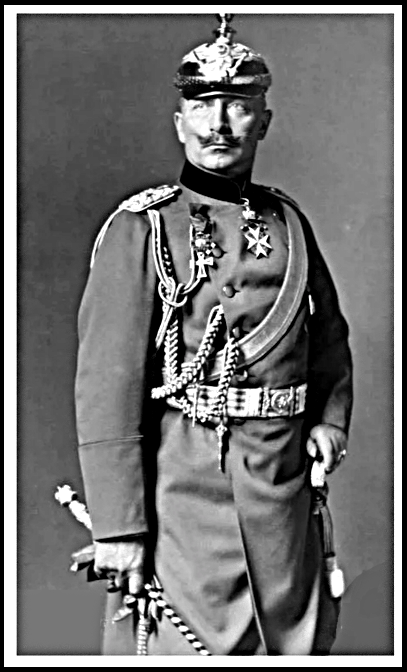
-The Last Kaizer
While Queen Wilhelmina was known as the “Queen of Peace” because she had skillfully negotiated her country’s neutrality, her blue blood meant an obligation to distant royal relatives, even if it was to a German vainglorious peacock, changing into one of his many ostentatious uniforms a few times a day…

To distance herself from his ridiculous helmets, gold tassels, and giant medals, Queen Wilhelmina dressed in ever more common ways, sometimes positively looking like a frumpy bag lady! This was a fact Kairos’ mother abhorred but understood.
similar galleries
discover
JOIN MY NEWSLETTER
To receive announcements about new blogs, images, essays, lectures, and novels, please sign up.




